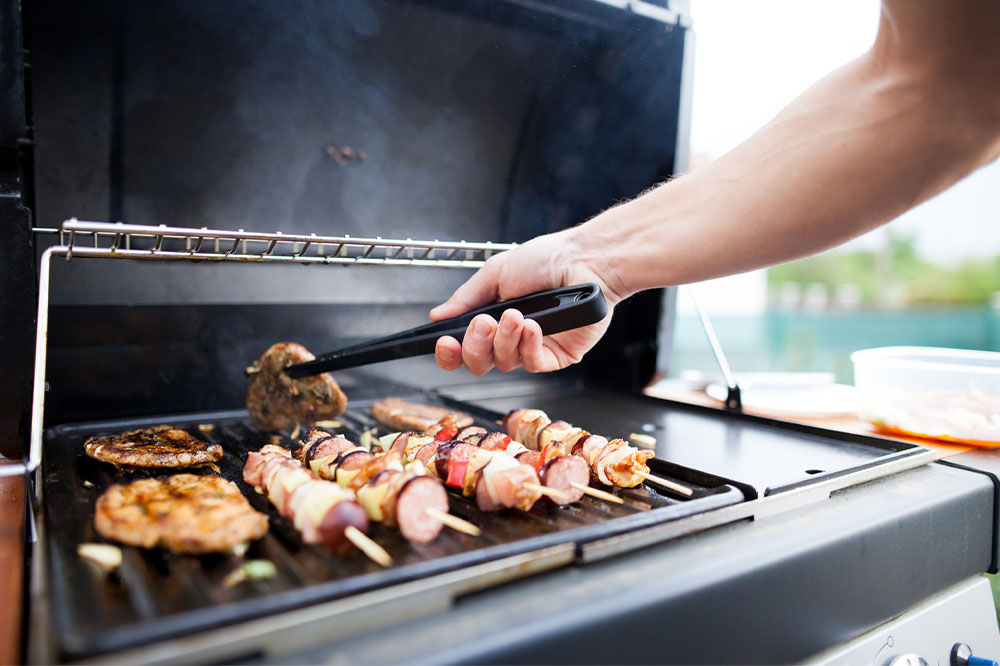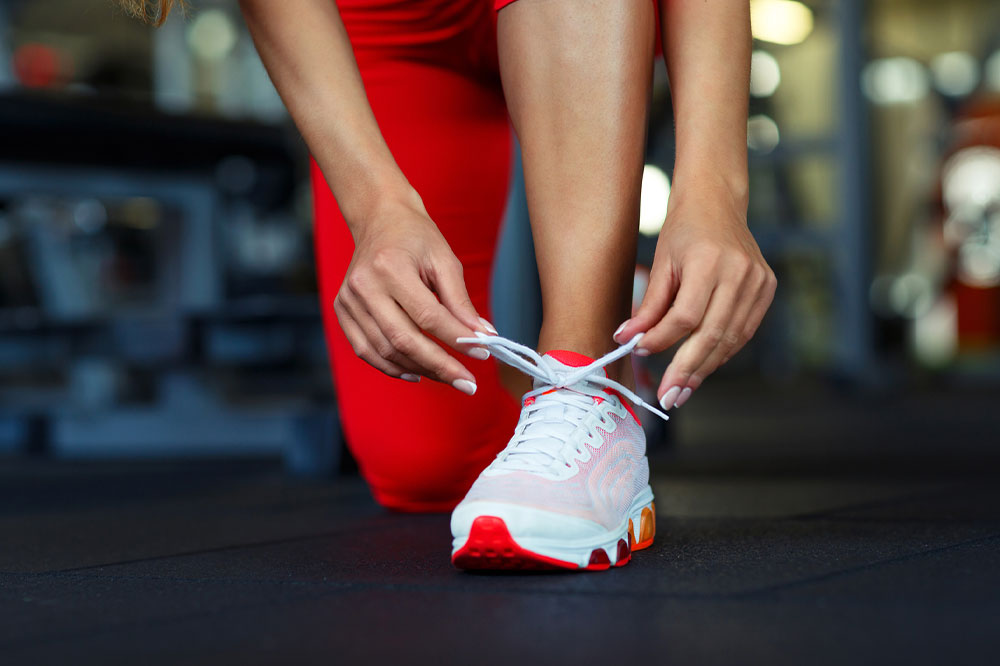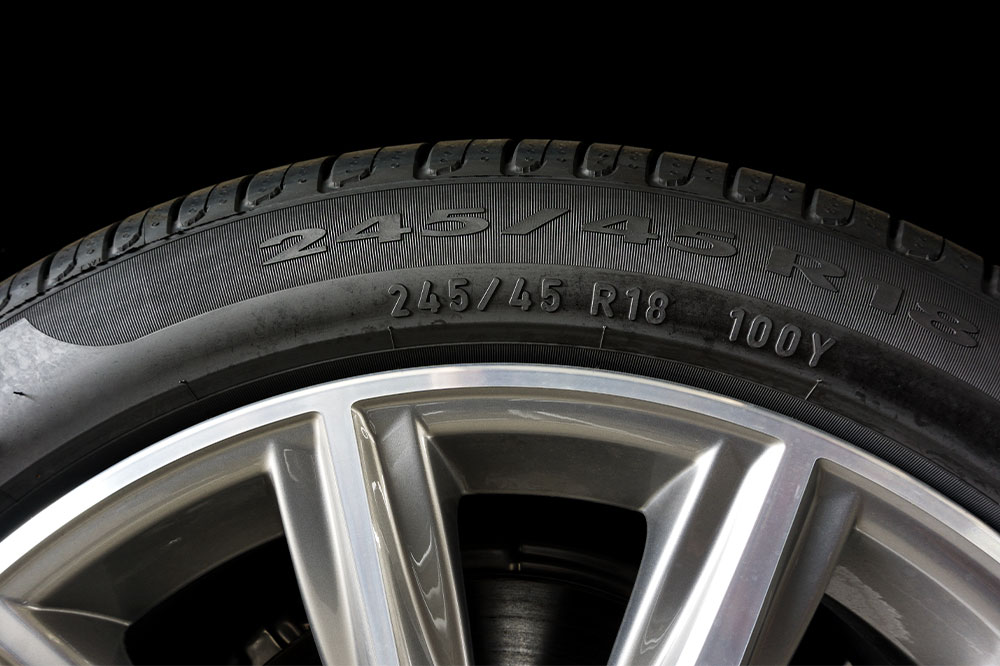12 most common outdoor cooking mistakes to avoid

Gathering around a BBQ grill, the tantalizing aroma of sizzling meat and other BBQ items and the laughter of friends and family create cherished memories. But to truly master the art of outdoor cooking, one must be aware of common mistakes that can hinder the grilling experience. By recognizing and rectifying these mistakes, one can elevate one’s culinary skills and ensure safety and make delicious and perfectly cooked meals each time.
Forgetting to preheat
Preheating the griller kills any residual bacteria and ensures an even heat distribution, thus enabling better searing and preventing food from sticking. Preheat the grill for about 10–15 minutes before starting up.
Neglecting cleaning and maintenance
Proper maintenance of one’s BBQ grill is essential for optimal performance and longevity. Ignoring regular cleaning and maintenance can lead to a buildup of grease, blockages in the burners, charred debris, and rust, which can affect the flavor of one’s food and even pose safety hazards.
Overcrowding the grill
Placing too many items on the grill at once can result in uneven cooking and inadequate searing. Each item needs sufficient space to allow the heat to circulate and ensure proper caramelization. If necessary, one should grill in batches to allow each piece of meat or vegetable to cook evenly.
Constantly opening the lid
It’s tempting to flip one’s food while grilling or open the lid to check up on one’s food, but this can lead to heat and moisture loss and uneven cooking. As a result, the grill takes longer to reach the desired temperature. To achieve that sought-after crust and juiciness, one is advised to limit the number of times one flips the meat or vegetables and allow the heat to work its magic.
Neglecting food safety
Food safety is crucial when grilling outdoors. One should avoid cross-contamination by using separate cutting boards and utensils for raw and cooked foods and ensuring that meat reaches the recommended internal temperature to kill harmful bacteria.
Using sauce too early
Sauces and glazes add flavor and moisture to grilled food, but applying them too early can lead to burning and charring. Sugary sauces, in particular, can quickly burn and create an unpleasant taste. So one should wait until the final few minutes of cooking to brush on sauces, allowing them to caramelize without blackening.
Failing to monitor grill ventilation
Proper ventilation is essential for a charcoal grill to control the airflow and maintain consistent temperatures. Neglecting to monitor the grill’s vents can lead to flare-ups, excessive smoke, and difficulties controlling the heat.
Using the wrong utensils
Using the appropriate grilling utensils is crucial for safe and efficient cooking. One is advised to avoid using regular kitchen utensils that may not be designed to withstand high heat. One should invest in long-handled tongs, spatulas, and forks made explicitly for grilling to ensure better control and keep a safe distance from the heat source.
Forgetting to consider sufficient storage space
Having adequate storage space for one’s grilling tools, accessories, and fuel is essential for a well-organized outdoor cooking area. Neglecting to plan for storage can lead to a cluttered and inefficient setup.
Failing to use proper materials
When designing the outdoor cooking area, it’s crucial to use materials that are suitable for high heat and weather conditions. Opt for weather-resistant storage bins, heat-resistant ceramic tiles, coated steel cabinets, stone worktops, or other durable materials that can withstand changing weather and provide a safe and functional surface for food preparation and serving.
Poor positioning of the grill
One needs to take into account wind direction as well as direct sunlight areas before positioning the grill. Placing the grill in these areas may be counterproductive, damage the equipment, and ruin the grilling experience.
Neglecting safety precautions
Grilling outdoors requires attention to safety. One should avoid placing one’s grill too close to flammable materials such as dry leaves, wooden structures, or overhanging branches. It’s good to keep a fire extinguisher or a bucket of water nearby as a precautionary measure.
One should also pay attention to proper ventilation and lighting, especially during evening or nighttime grilling sessions. It’s best to keep all grilling essentials handy before starting up to avoid errors. Being mindful of these mistakes will enhance one’s overall outdoor cooking experience.






